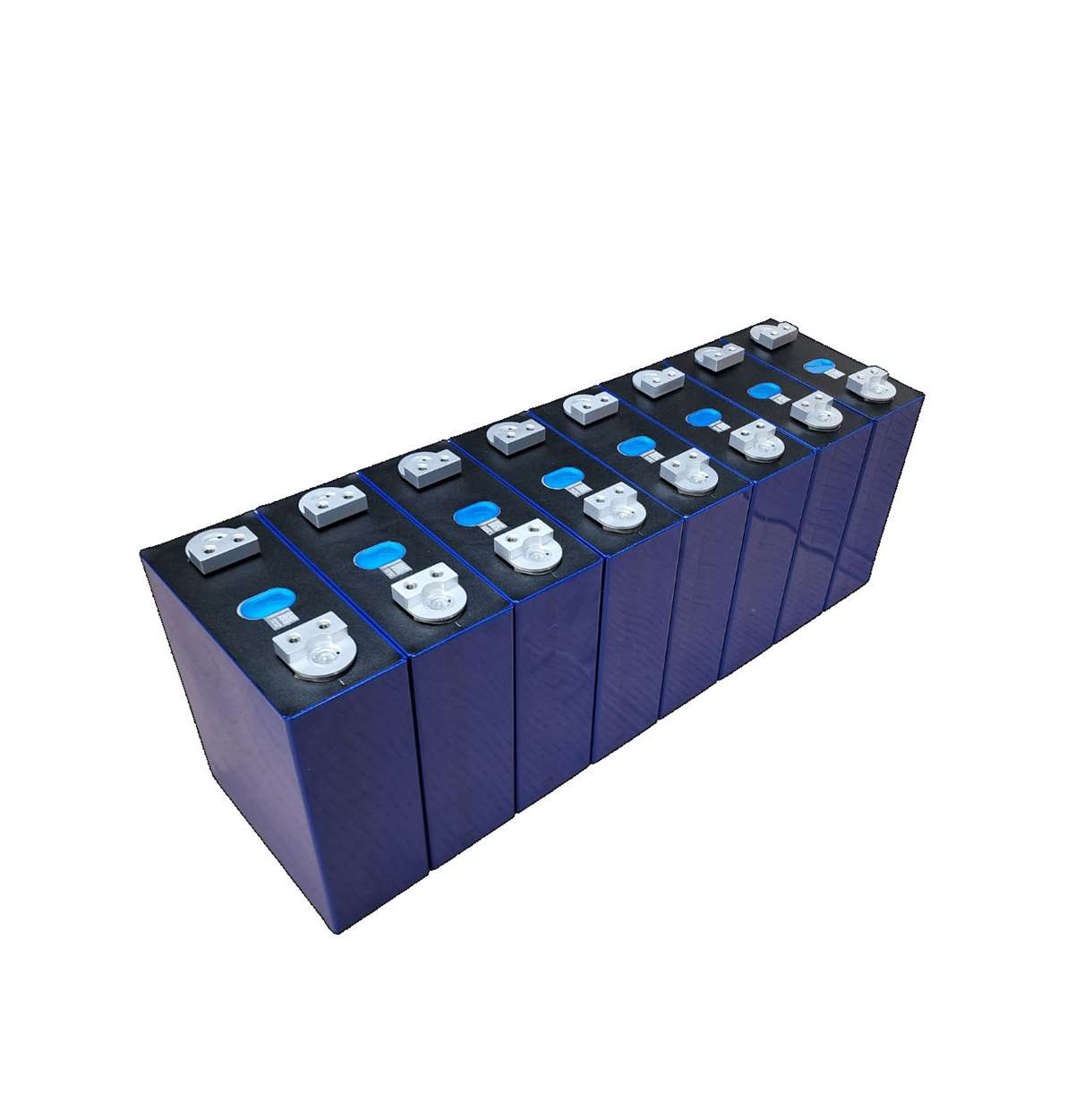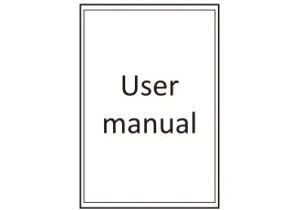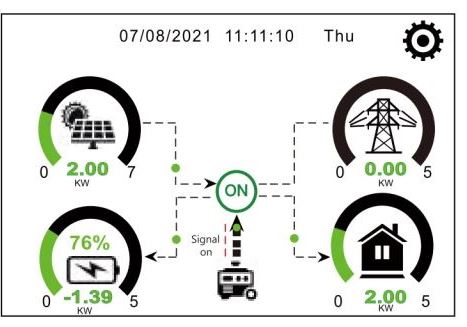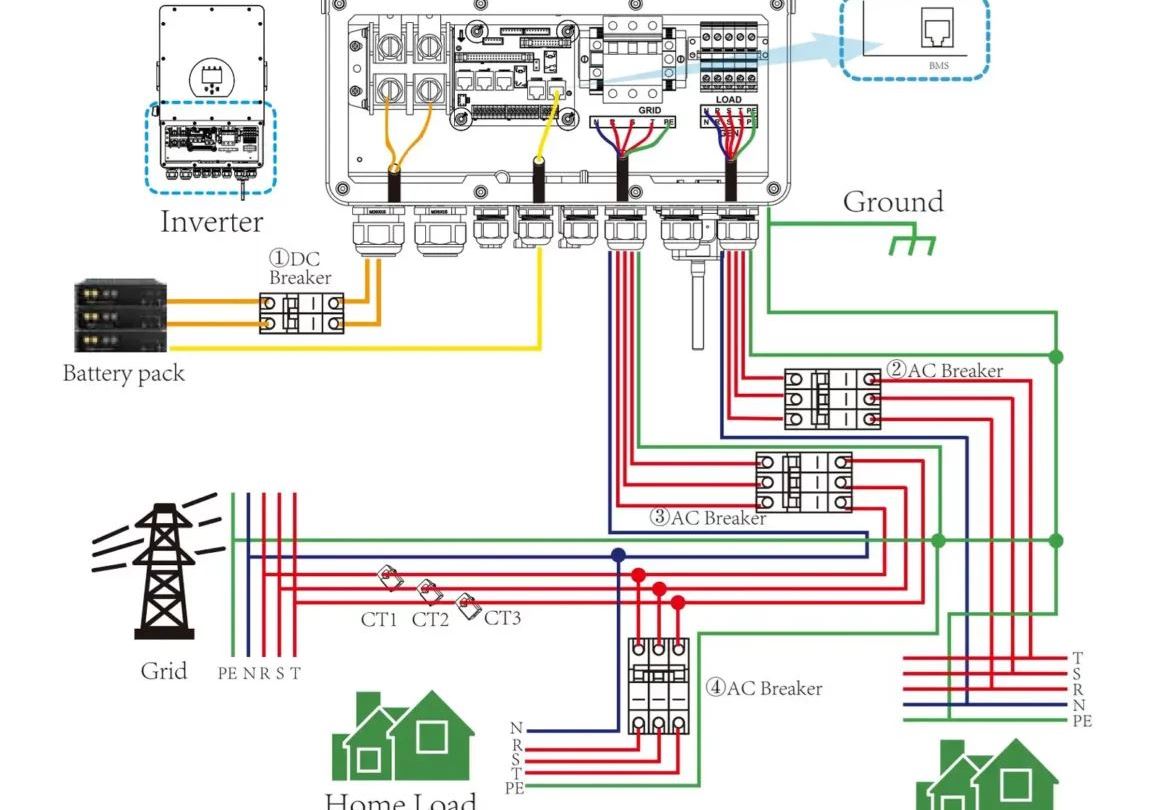What is a LiFePO4 Battery and How to Use It?
Modern devices require reliable power sources. Previously, lead-acid batteries were the primary solution, but with technological advancements, lithium-ion batteries emerged, offering higher energy density and longer usage without recharging.
However, lithium-ion batteries have a significant drawback—they degrade quickly. To address this issue, LiFePO4 technology was developed. Thanks to its durability, safety, and efficiency, LiFePO4 batteries are gaining popularity in energy storage, electric transport, and renewable energy systems.
How to Properly Use LiFePO4 Batteries?
1. Avoid Critical Charge Levels
Discharging a LiFePO4 battery below 2.5V or charging above 3.65V is not recommended. This can lead to capacity loss, overheating, and reduced lifespan.
2. Use a BMS Protection Board
To prevent uneven cell discharging, a BMS board should be installed. It manages charge parameters, evenly distributes energy among cells, and prevents overcharging.
3. Balance the Battery Cells
If assembling a battery independently, it is crucial to balance the cells beforehand, as even a slight difference in charge levels can lead to premature battery failure.
LiFePO4 Battery Operating Modes
LiFePO4 batteries can function in two main modes:
1. Cyclic Mode
This mode applies to devices that undergo full charge and discharge cycles, such as smartphones, laptops, and electric vehicles.
Recommended charging voltage: up to 3.65V, discharging no lower than 2.5V.
Deep discharges reduce battery life, so it’s best to avoid frequent draining to minimum levels.
Using a BMS board ensures stable charge distribution, prolonging battery life.
2. Buffer Mode
This mode is used in uninterruptible power supply (UPS) systems, solar batteries, and backup power systems, where the battery remains constantly connected to a charging source.
In this mode, charging voltage should be reduced to 3.40–3.45V to minimize material degradation.
It ensures stable energy supply while preventing frequent deep discharges.
Balancing boards help equalize voltage between cells but do not replace a BMS board.
Key Advantages of LiFePO4 Batteries
Why choose LiFePO4 instead of lead-acid or lithium-ion batteries?
🔋 Long lifespan: 10 to 20 years, significantly exceeding traditional battery life.
🔄 High cycle durability: 3000–6000 charge cycles without a major loss in capacity.
⚡ Efficiency: 95–98% energy efficiency, allowing more stored power to be used.
🚀 Fast charging: Capable of full charging in 1 hour, thanks to its low internal resistance.
🔥 Safety: Non-flammable and heat-resistant, making it a reliable long-term solution.
💪 Load resistance: Provides stable power output even under high currents.
🌱 Eco-friendliness: Free from toxic metals like cobalt, making it safer for the environment.
Final Recommendations
✅ Do not discharge below 2.5V and do not charge above 3.65V to avoid degradation.
✅ Use a BMS board to ensure a balanced charge.
✅ Balance battery cells before assembly to prevent uneven charging.
✅ Reduce charging voltage in buffer mode to 3.40–3.45V for long-term use.
✅ Use specialized chargers designed for LiFePO4 batteries.
LiFePO4 batteries are a reliable solution for modern electronic devices and power systems. Following these recommendations will ensure they last for years, providing stable energy without efficiency losses!












Follow us